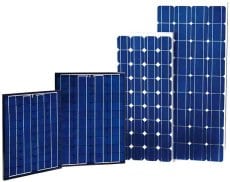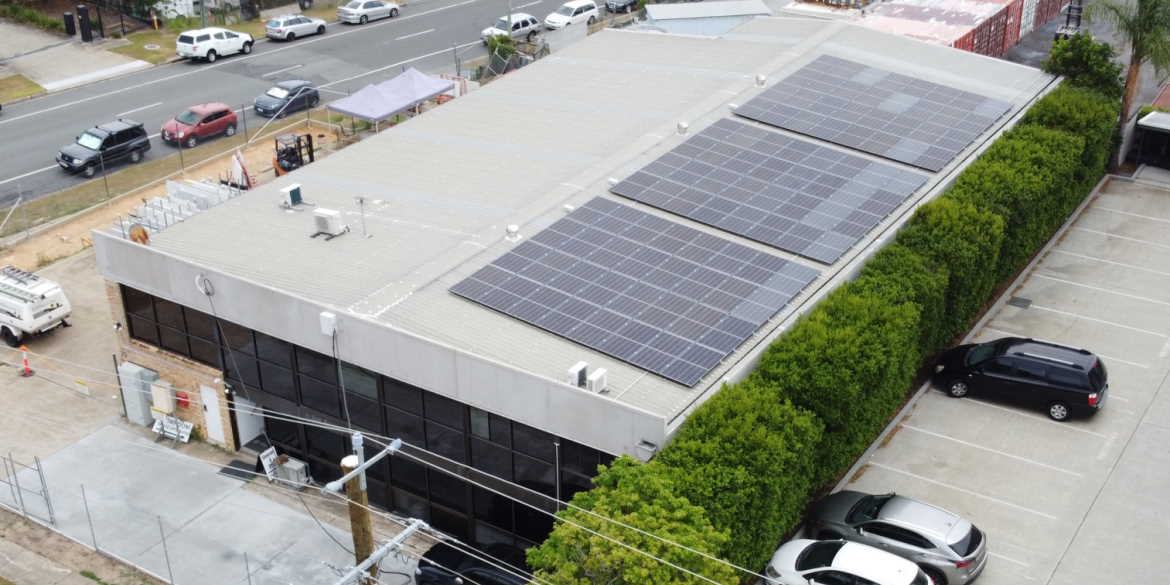What are the differences between solar panels? When every sales person tells you that they have the best solar panels, who do you believe? With the vast range of solar panels on the market, how can you be sure that you are not forking out a significant amount of your hard earned cash on a lemon?
 As with most products these days there is a vast range to choose from, some products are quality that will perform admirably, others are nothing short of cheap and nasty. Here are a number of things to keep in mind when choosing a solar panel and listening to a sales person and their sales pitch.
As with most products these days there is a vast range to choose from, some products are quality that will perform admirably, others are nothing short of cheap and nasty. Here are a number of things to keep in mind when choosing a solar panel and listening to a sales person and their sales pitch.
Differences Between Solar Panel Data
All solar panels have different characteristics. Are these available? If not it is probably due to the fact that this information is not good. Be very wary if this is the case, this is like buying a car with no engine specifications at all. The following is a list of specifications that all solar panels will have, but the values can differ greatly.
View REC Solar panel data sheet
Differences Between Solar Panel Test Conditions (STC)
All solar panels are tested in a laboratory under what is called STC (Standard Test Conditions). STC conditions are taken at an Irradiance (light) level of 1000W/m2 with a cell temperature of 25ºC. Now the main thing to consider here is this is how the solar panel performs in laboratory conditions. In the real world up on your roof these conditions are constantly changing, which is where the following information is very helpful.
Differences Between Solar Panel Nominal Operating Cell Temperature (NOCT)
The NOCT is given because of the fact that in the real world solar panels are usually operating in hotter conditions and at lower irradiance levels than what the STC of the panel is. NOCT is defined as the temperature reached by open circuited cells in a solar module under the following conditions:
- Irradiance (light) falling on the solar panel at 800W/m2
- Air temperature of 20ºC
- Wind speed at 1m/s
- The panel is mounted with an open back (air can circulate behind panel)
For a quality solar panel you can expect the NOCT to be 47ºC or lower. This means that the panel will be running cooler in real world conditions than a panel with a higher NOCT, and a cooler panel means a more efficient panel.
Differences Between Solar Panel Temperature Coefficient (Pmax)
The temperature coefficient is very important, please click here to read a separate article all about it.
Differences Between Solar Panel Tolerance or Performance Deviation
When you purchase a solar panel which is rated at say 190W, do you expect it to produce 190W? If you do expect 190W, check the solar panels tolerance. Quite often it will be ±5%. This means that your 175W solar panel could be producing 5% less than 190W, or only 180W straight from the factory, and if just one of your panels is only producing 180W it will stop the rest of the panels in the string producing more than 180 watts… something to keep in mind.
Differences Between Solar Panel Warranties
Solar panels are designed to operate in a very harsh environment dealing with ultra-violet radiation, heat, cold, wind and hail for 25 years plus and they are usually warranted for that whole time. This is a very long time. Is the manufacturer of your solar panels going to be around to honour the warranty they offer? If they start having warranty issues will they change names and totally void your warranty? This is not really an option for reputable companies such as REC, Sharp, Suntech or Sanyo.
Keep this information in mind and you should see right through the lemons and you hopefully won’t make a purchase that you will later regret!
Learn more about solar panels with the following articles:
- Solar Panel Efficiency
- Solar Panels and Hail
- Mono Crystalline or Poly / Multi Crystalline – Does it Matter?
- Solar Panels and Temperature
- Solar Panel Diodes




great info, thanks :)